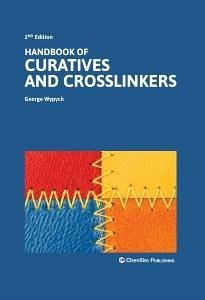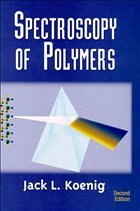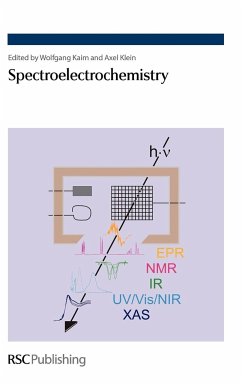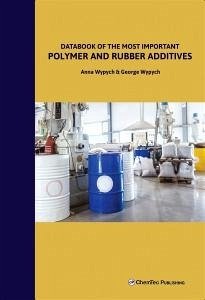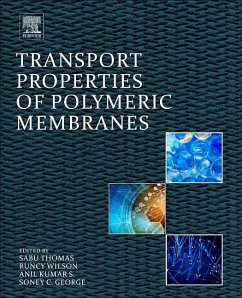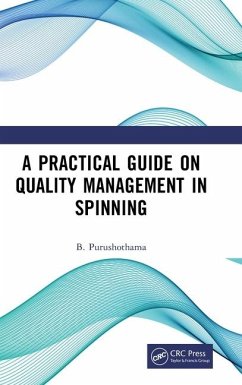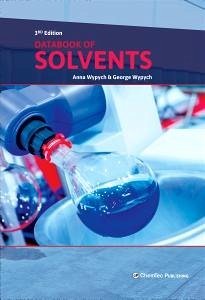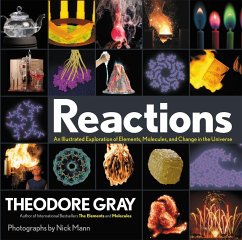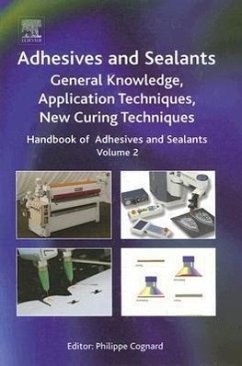
Databook of Curatives and Crosslinkers

PAYBACK Punkte
154 °P sammeln!
Databook of Curatives and Crosslinkers, Second Edition provides expanded coverage of the latest curative and crosslinker product data, including detailed reviews and evaluations of these product categories with key considerations, benefits, and applications highlighted. Forty groups of curatives and crosslinkers are included in the book, including the following chemical groups of additives: acids, acrylamides, aldehydes, amides, amidoamines, amines, anhydrides, aziridines, borates, epoxy-functionalized polymers, carbamides, carbodiimides, chitosan derivatives, cyanamides, diols, glutarates, gl...
Databook of Curatives and Crosslinkers, Second Edition provides expanded coverage of the latest curative and crosslinker product data, including detailed reviews and evaluations of these product categories with key considerations, benefits, and applications highlighted. Forty groups of curatives and crosslinkers are included in the book, including the following chemical groups of additives: acids, acrylamides, aldehydes, amides, amidoamines, amines, anhydrides, aziridines, borates, epoxy-functionalized polymers, carbamides, carbodiimides, chitosan derivatives, cyanamides, diols, glutarates, glycols, graphene oxide derivatives, hydantoin glycols, hydrazides, hydroxides, hydroxyl-containing moieties, imidazoles, isocyanates, isocyanurates, ketimines, maleimides, melamines, novolacs, peroxides, peroxyketals, phenols, polyols, salts, silanes, siloxanes, thiols, titanates, and ziconium derivatives. The additives discussed in the handbook have been suggested for use in over 60 polymers and rubbers, as well as in close to 100 groups of products. Information on each additive is divided into 5 sections: General Information which covers name, CAS #, active matter, amine nitrogen, chemical class, cure schedule, and more; Physical Properties which covers odor, color, density, freezing point, gel time, particle size, thin film set time, and more; Health and Safety covering autoignition temperature, dermal LD50, exposure limits, flash point, and more; Ecological Properties covering toxicity to algae, bacteria, and fish, sewage treatment, and more, and lastly, Use and Performance which offers information on manufacturers, outstanding properties, and more.





